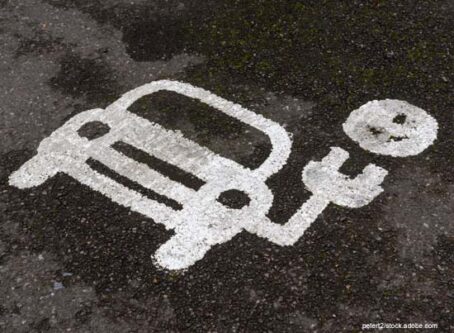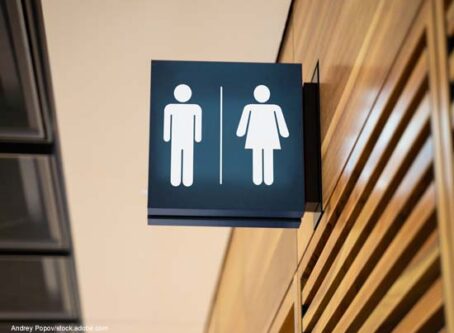Petition asks NHTSA to require more lighting on tractor-trailers
Two years after two people were killed in a truck-involved crash, a petition is requesting the National Highway Traffic Safety Administration to require more lighting on tankers and tractor-trailers.
In October 2018, Leslie Rosenberg and her 19-year-old daughter, Sophie, were driving down an unlit Texas highway at night. The minivan crashed into a tanker truck that had pulled onto the highway. According to a petition released by Rosenberg’s sister, Cathy Forman, the minivan drove straight into the tanker without any attempt to stop as the woman never saw the truck.
Two years later, Forman is asking NHTSA to do more about similar crashes. In a petition published on Change.org, Forman wants NHTSA and state departments of transportation to require the following for tankers and tractor-trailers:
- Lights down the entire sides of the vehicle so that drivers can see the presence and the length of the vehicle at night.
- Not allowed to be painted in dark colors.
- Regular inspections on the presence of working side lights and clean retroreflective tape.
According to the petition, Rosenberg never saw the truck because it was painted dark blue with no lights on the sides.
The petition cites two stats. According to the Insurance Institute for Highway Safety, 96% of vehicle occupants killed in two-vehicle crashes involving a passenger vehicle and a large truck were occupants of the passenger vehicles in 2018. Numbers from the Federal Motor Carrier Safety Administration show that 37% of all fatal crashes involving larges trucks occurred at night from 6 p.m. to 6 a.m.
“Most commonly with trucks, the misconception is that their large size by itself makes them conspicuous,” the petition claims. “At night the size of the trailer by itself will not make it conspicuous since other contrast problems will make the trailer virtually invisible. Without any close-in lighting reflecting off the painted surface of the trailer, it will appear black against the black background. Then an approaching driver will have to rely on the side marker lights for his only cue to the presence of the trailer.”
When reached for comment, NHTSA did not address the petition directly. However, the administration did send Land Line the following statement regarding what federal regulations are already in place:
“Federal Motor Vehicle Safety Standard No. 108 requires that all trailers be equipped with amber side marker lamps on the front and red side marker lamps on the rear. Trailers that are more than 30 feet long are also required to have intermediate amber side marker lamps mounted on each side of the trailer. Trailers of 2032 mm or more in overall width and with a gross vehicle weight rating of more than 10,000 pounds must be equipped with retroreflective sheeting, reflex reflectors, or a combination of retroreflective sheeting and reflex reflectors installed on the sides of the trailer.
However, the petition states that is not enough.
The petition claims marker lights are small and can be spaced out as far as 26 feet apart on the side of a trailer. Additionally, Forman takes issue with retroreflective tape.
Specifically, dirty and worn tape may not work effectively. That is why she is asking for inspections to determine if tape is showing signs of wear or dirt.
What nearly every fatal crash statistic fails to account for is fault. The last Large Truck Crash Causation Study was conducted in 2001-03. However, the Owner-Operator Independent Drivers Association said the study has “significant shortcomings.” FMCSA plans to conduct an updated version of that crash causation. OOIDA expressed concerns in submitted comments.
“As a practical measure, FMCSA should change the name of this project to the Large Truck Crash Contributing Factors Study,” OOIDA wrote in comments signed by President and CEO Todd Spencer. “Further, if the (study) will be used to enact or repeal future or current regulations and rulemakings, then FMCSA must formulate precise statements of research objectives. The objectives should be stated in terms of critical policy issues and hypotheses about contributing factors and other risks that are common to crashes. Then researchers should design data collection methods to answer the questions of interest.”
As of publication, the petition had more than 6,600 signatures.









